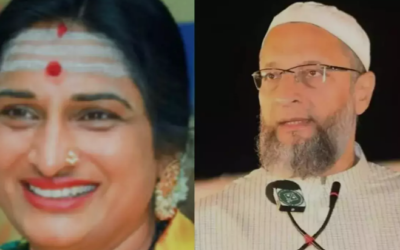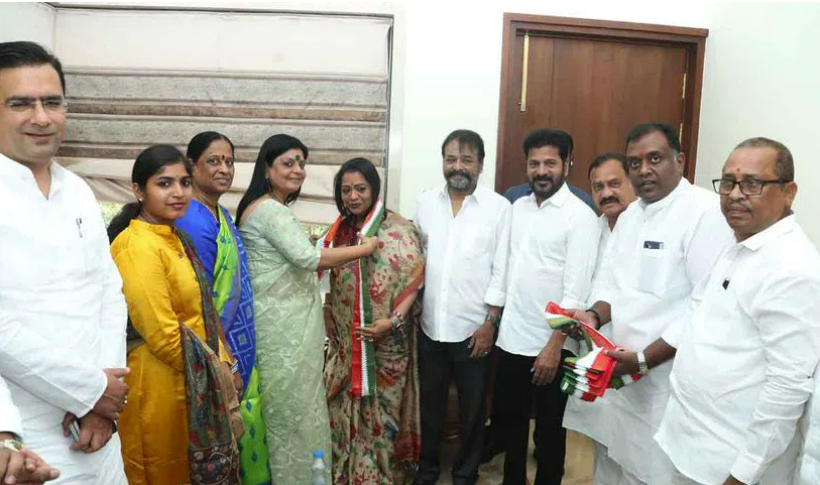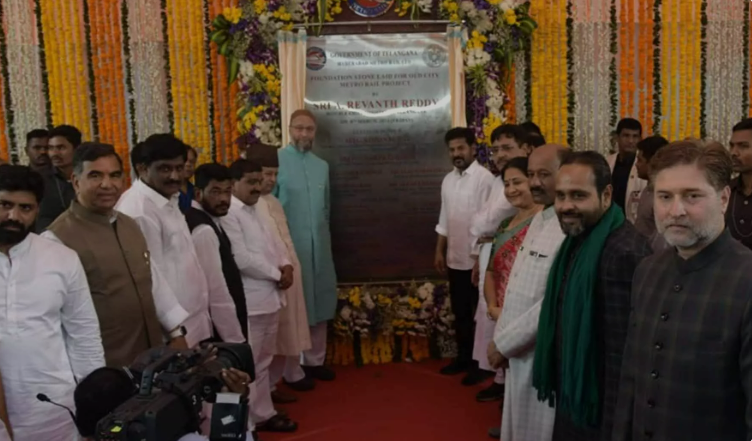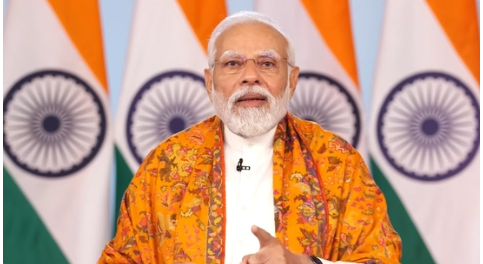Hyderabad, Pyar Ka Shehar
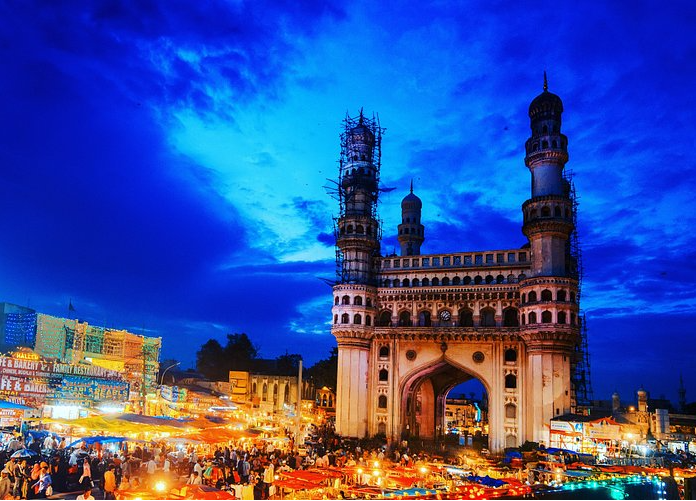
Hyderabad, the Deccan’s “Diamond City,” is also known as the “city of pearls,” “city of lakes,” “city of rocks,” and “city of Nawabs.” It’s also the city of love. The narrative surrounding Qutub Shah and Bhagamathi is among the best. The love story had inter-racial and inter-religious ideas together with all the makings of a “rich boy, poor girl” narrative.
The city of Hyderabad, formerly known as Bhagyanagar, is thought to have been named after Prince Mohammad Quli Qutub Shah’s romantic interest, Bhagamathi.
Another fascinating legend is that of the Prince, who braved flooding and torrential rain to swim across the raging Moosi river in order to visit his beloved Bhagamathi. Knowing the prince’s affection for Bhagamathi, the Golconda king built the “Puranpool” to span the Moosi and facilitate transit to the opposite bank.
Hyderabad is a city full of tales to tell in addition to this. The narrative of Khairunnisa and Kirkpatrick is the other intriguing one. From 1798 to 1805, James Achilles Kirkpatrick (1764–1805), an East India Company diplomat and lieutenant colonel, was the company’s resident at Hyderabad, Deccan. He gave the order to build what is now the Koti Women’s College—the Koti Residency.
He married in 1800 according to Muslim custom after falling in love with Khair-un-Nisa, a noblewoman and the granddaughter of Nawab Mahamood Ali Khan, the prime minister of Hyderabad at the time. The story was chronicled by historian William Dalrymple in his book “White Mughals.”
Another tale concerns Taramati and Abdullah Qutub Shah, the Golconda kingdom’s sultan at the time. He had excellent administration for Taramati, so he used to hear her voice and see the dance.
Tryst with the movies
Hyderabad’s early cinema history also had a golden age. Hyderabad had already established itself as one of the leading hubs for “mookie film” production by the 1920s. Thanks to the idea of Nizam College employee Dhirendranath Ganguly, who was born in Bengal. Between 1922 and 1936, he founded “Lotus Film Company” and produced eight motion pictures.
- On October 15, 1935, the 7th Nizam and his family saw the film “Jawani Ki Hawa” for the first time as a symbol of support for the film industry. The Nizam Government passed the first Cinema Hall Regulation Act in India in 1937 in response to the June 14, 1936 fire disaster at the theater known as “Moti Mahal.”
- The Hyderabad Nizams in India came up with the original concept of honoring movie stars, and they put it into practice in 1935. The Andhra Pradesh government established the “Nandi Awards” in 1964, and the Government of India began presenting national awards for films in 1954.
Some lesser-known Telangana facts
- The region of Telangana established a distinct voice in Telugu literature. One hundred years before Nannaya, in the ninth century, one Mahakavi Jampana, a poet in Telugu, resided in the Vemulawada region.
Palkuriki Somana, a poet of the 13th century, introduced new literary forms to Telugu literature, including Shataka (Vrishadhipa Shataka), Udaharana (Basavodharana), and others. Palkuriki Somana gave literary honor to the people’s language by referring to it as “Jaanu Tenugu or Achha Tenugu” (Chaste Telugu).
Linguists’ research has shown that the Telugu language originated in the Dravidian language family. However, the Gondi language of the Gond tribes is where it originated.
Telangana is undoubtedly a gold mine of knowledge when it comes to science, technology, literature, art, legacy, and much more. It has a lot to tell the world and is still uncharted territory. Put differently, Telangana might be compared to a “Akshaya Patra,” or an imperishable bowl packed with food, where everyone can explore and eventually convey a tale to everyone.



